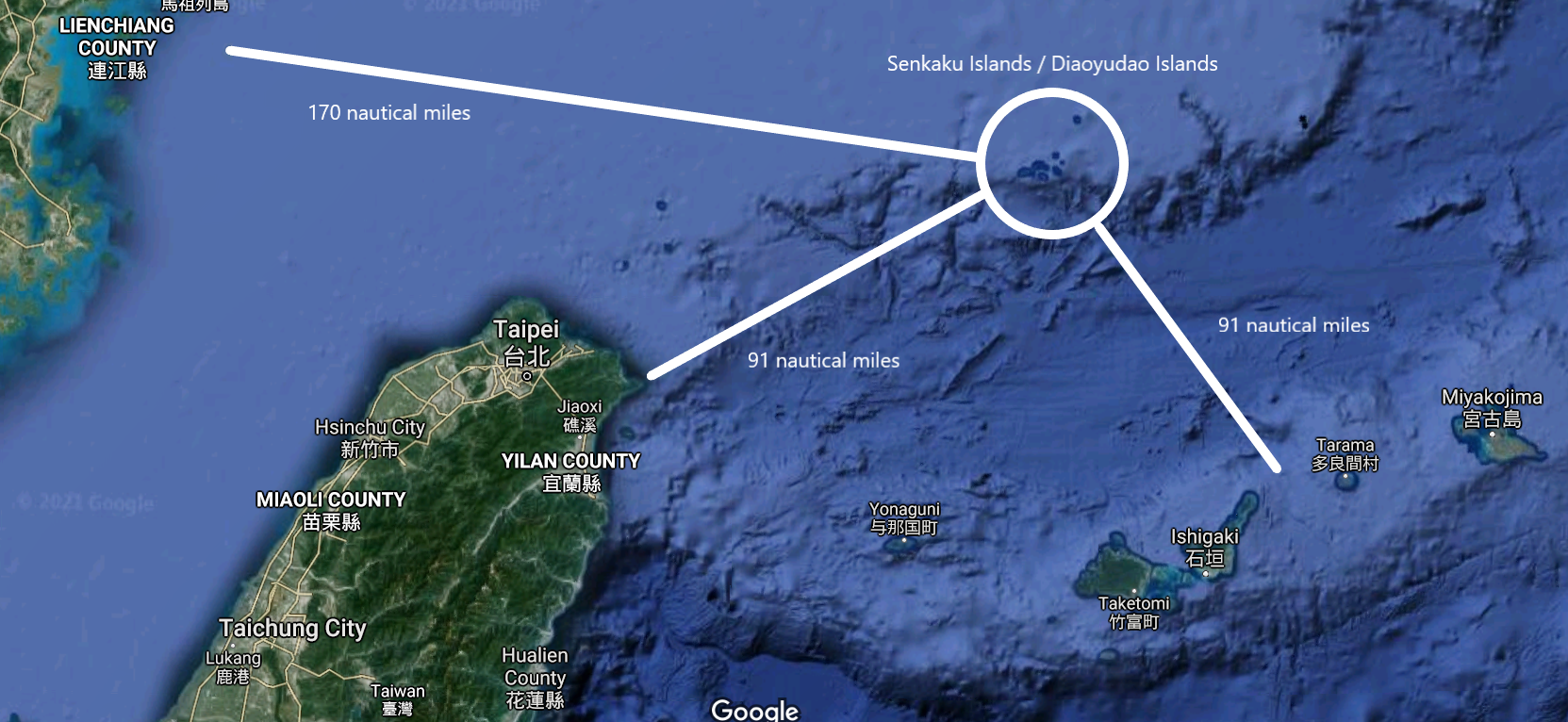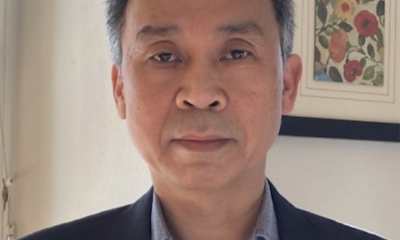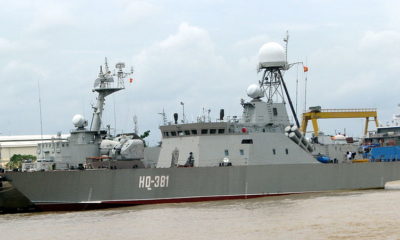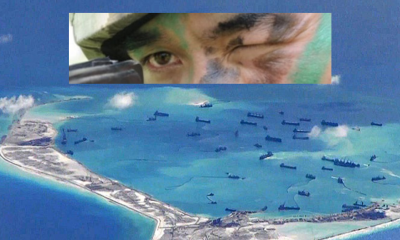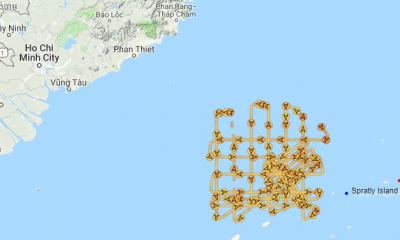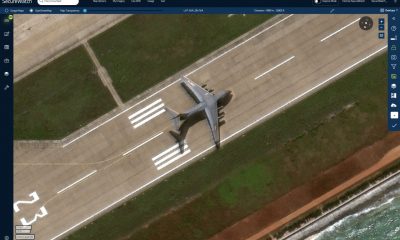Nguyen Luong Hai Khoi
Looking at the Japan Coast Guard’s statistics of Chinese intrusions in the Senkaku region and the Japanese territorial sea, we can see two waves. The first wave of China’s intrusion into the Japanese territorial sea and Senkaku island’s area took place after September 2012, after Japan nationalized Senkaku Island. China increased its intrusion to step up propaganda to ignite nationalism’s flames, leading to anti-Japanese protests across China and around the world. (See VOA News: US Defense Chief in Talks Over China-Japan Tensions, September 17, 2012). The second wave occurred after the Permanent Court of Arbitration (PCA) ruled on the South China Sea case on July 12, 2016.
Why has China become more aggressive in the East China Sea after the South China Sea Arbitration in 2016?
According to Chinese media, Chinese public service ships increased their presence in the Senkaku / Diaoyu Islands waters after September 2012, when Japan nationalized Senkaku Island. (See “Sina”: 日媒: “购岛” 闹剧后中国公船来了199天 “Japanese media: Chinese ships trespassed 199 times after the nationalization of Senkaku Island”). However, if we look at Japanese and Chinese political and military activities, we see that China changed its policy many years earlier.
On May 7, 2008, Chinese President Hu Jintao and Japanese Prime Minister Fukuda Yasuo signed a “Joint Statement between the Government of Japan and the Government of the People’s Republic of China on Comprehensive Promotion of a “Mutually Beneficial Relationship Based on Common Strategic Interests.” The two countries agreed to build an excellent bilateral relationship to fulfill the two great powers’ responsibilities for peace and development in the Asia-Pacific. (See Ministry of Foreign Affairs of Japan:「戦略的互恵関係」の包括的推進に関する日中共同声明)
However, half a year later, in December 2008, two Chinese public service ships suddenly entered the Senkaku area. Despite the Japan Coast Guard (海上保安庁) protested and requested to leave the area, the two Chinese ships remained in the area for nine hours. For Japan, this act of intruding upon territory marks a change in China’s policy toward the East China Sea, attempting to change the status quo to maintain a permanent disputed state.
In 2010, China suddenly announced to Japan that it would establish an air defense identification zone (ADIZ) in the East China Sea. China enforced this in 2013. (See: CSIS, “Counter-coercion series: East China Sea air defense identification zone,” June 13, 2017)
According to the statistics of the Japan Coast Guard (海上 保安 庁 Japan Coast Guard), before September 2010, Chinese ships only entered the Senkaku area about twice a month on average. On September 7, 2010, a Chinese fishing boat intentionally crashed into a Japanese coast guard ship in the Senkaku area, actively causing a conflict between the two countries, and then Chinese service ships suddenly patrolled the area about 20 times in September and October of that year. This incident led to the Japanese government’s nationalization of Senkaku Island on September 11, 2012. From September 2012 to 2016, Chinese service ships entered the area almost every day, about 60 times a month on average, except for stormy days. In June 2016, just before the court in Hague ruled on the South China Sea case, Chinese Navy warships entered the Senkaku area for the first time. (See Asahi: 中国軍艦 、 初めて尖閣沖の接続水域にロシア駆逐艦も)
In July 2016, China reduced ships entering Japanese territorial waters and the Senkaku region (down from 108 cases in May and 91 cases in June to 68 cases in July) because of the Pacific typhoon season. Nevertheless, in August, the cases of intrusions skyrocketed to 170. Over the next three years, China entered Japanese territorial waters, and the Senkaku region averaged about 90 times per month in 2017, about 70 times per month in 2018, about 100 times per month in 2019 and 2020. On July 1, 2018, the China Coast Guard was incorporated into the People’s Armed Police. This move worries Japan and Southeast Asian countries.
In July 2020, as the United States stepped up anti-China policy, the commander of US forces in Japan, Lt. Gen. Kevin Schneider, pledged that the US would help Japan monitor the Chinese intrusions in the waters around Senkaku. (See “Reuters”: “Pentagon’s latest salvo against China’s growing might: Cold War bombers,” September 1, 2020)
Thus, in the East China Sea, China has twice increased intrusions into Japanese territorial waters over the past ten years. The first one happened after September 2012, when Japan nationalized Senkaku Island, and the second occurred after July 2016, after the Permanent Court of Arbitration issued its ruling on the South China Sea.
As early as the summer of 2016, in the South China Sea, China’s policy of ignoring the Permanent Court of Arbitration (PCA) Award has been successful. China hopes the policy of steadfastness in the East China Sea toward Japan will also yield similar results. Since 2016, China has continuously broken its record in the Senkaku Islands region in the East China Sea.
The Japan Coast Guard (海上保安庁) reported that in August 2016, thirteen Chinese government patrol boats and about three hundred ships looked like Chinese fishing boats appeared in the Senkaku area located in Japanese territorial waters. That was the largest number of boats ever until 2016 in the area. (See: Japan Coast Guard: “About the operation of Chinese public service ships and fishing vessels in the waters surrounding the Senkaku Islands” 平成28年8月上旬の中国公船及び中国漁船の活動状況について)
On the morning of August 9, 2016, Japanese Foreign Minister Kishida Fumio 岸 田文雄 also summoned the Chinese Ambassador to Japan, Cheng Yonghua 程永華, to oppose the Chinese intrusions of territory. However, the Chinese media proudly announced that Ambassador Yonghua responded: “It is natural for Chinese ships to operate in Chinese territory.” (See “People’s Daily” 中国 驻日大使: 中国船在钓鱼岛海域活动理所当然! August 10, 2016). China’s State Oceanic Administration (国家海洋局) said, “The Chinese Coast Guard ship passed through our Diaoyu island territory on August 7”, and on the 21st, the Chinese Coast Guard fleet patrolled the territorial waters of the Diaoyu Islands. This patrol is the third time the Chinese Coast Guard fleet has been operating in the territorial waters of the Diaoyu Islands since this month. (See RFA Chinese: 中國海警 艦隊本月內三巡釣魚島)
Senkaku / Diaoyu is a group of uninhabited rocks and has no own economy, so it generates 12-nautical mile territorial seas but not an exclusive economic zone (EEZ). According to UNCLOS, foreign vessels can “enjoy the right of innocent passage through the territorial sea” (Article 17), but it is illegal to patrol or conduct “any other activity not having a direct bearing on passage.” (Article 19). Therefore, patrols in the territorial sea of a particular geographical entity under another state’s administration create disputes and claim sovereignty.
China has increased patrolling Senkaku territorial waters to maintain this territorial dispute with Japan. Nevertheless, why has China become more aggressive in the East China Sea with Japan since the South China Sea Arbitration in July 2016? The answer lies in the successful experience of dealing with the South China Sea Arbitration.
After the 2016 Permanent Court of Arbitration ruling, China succeeded in neutralizing the Award by approaching ASEAN countries with both the promise of economic aid and the threat of military action. After that, China began to apply that strategy in the East China Sea to deal with Japan, a rival stronger than ASEAN.
China sees the PCA’s ruling as an excuse to increase aggression in the South China Sea. China has decided to switch to the offensive position. So, after the Philippines filed its lawsuit with the Permanent Court of Arbitration in early 2013, China immediately built up artificial islands in the South China Sea. After the PCA’s ruling in 2016, Chinese artificial islands in the South China Sea have been completed, becoming the basis for China to maintain a strong stance.
By dividing ASEAN, making it impossible to agree on dealing with China in the South China Sea, and at the same time intensifying military operations, building artificial islands early in order to maintain the disputes continuously, China has succeeded in nullifying the PCA’s Award on July 12, 2016.
China has applied the tactics of continuously maintaining a dispute in the South China Sea into the East China Sea. Japan has followed China’s actions in the South China Sea to foresee China’s move in the East China Sea.

 Politics & Economy3 years ago
Politics & Economy3 years ago
 Society & Culture4 years ago
Society & Culture4 years ago
 ARCHIVES4 years ago
ARCHIVES4 years ago
 Politics & Economy3 years ago
Politics & Economy3 years ago
 Politics & Economy4 years ago
Politics & Economy4 years ago
 Politics & Economy3 years ago
Politics & Economy3 years ago
 Politics & Economy4 years ago
Politics & Economy4 years ago
 ARCHIVES3 years ago
ARCHIVES3 years ago
